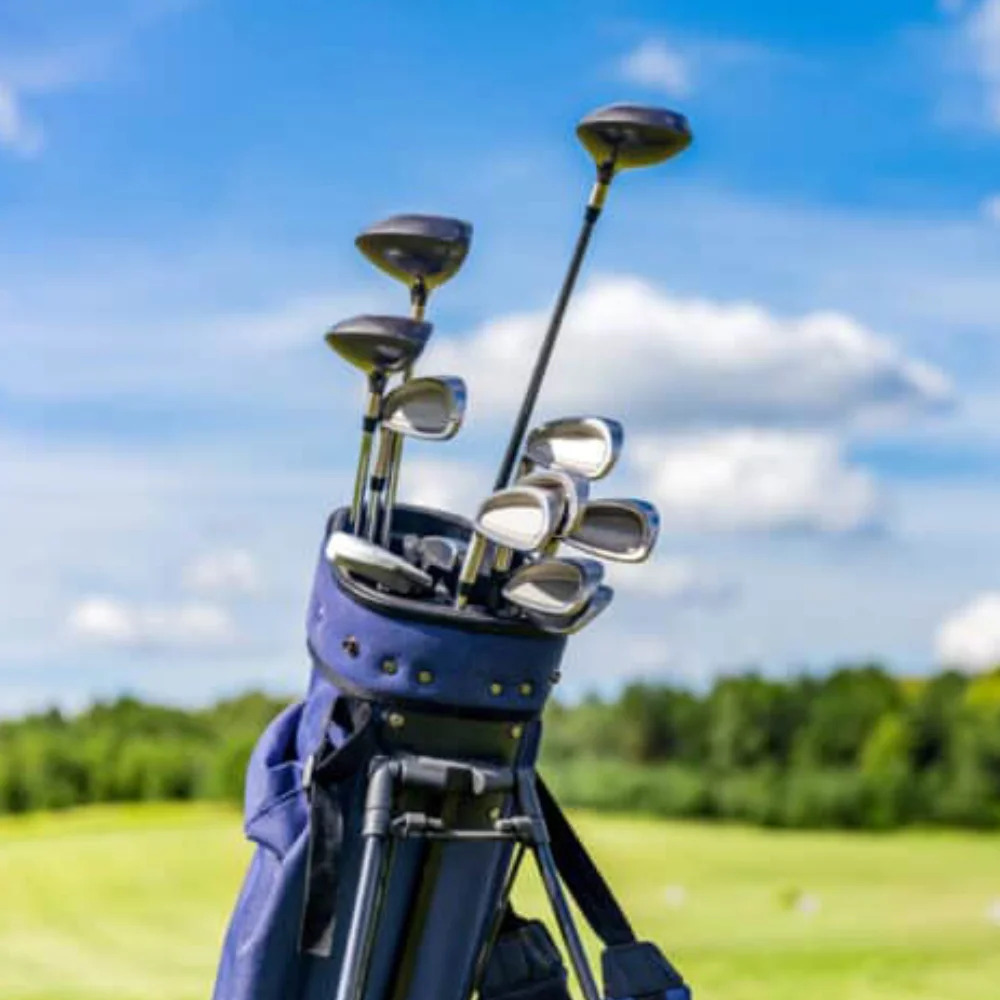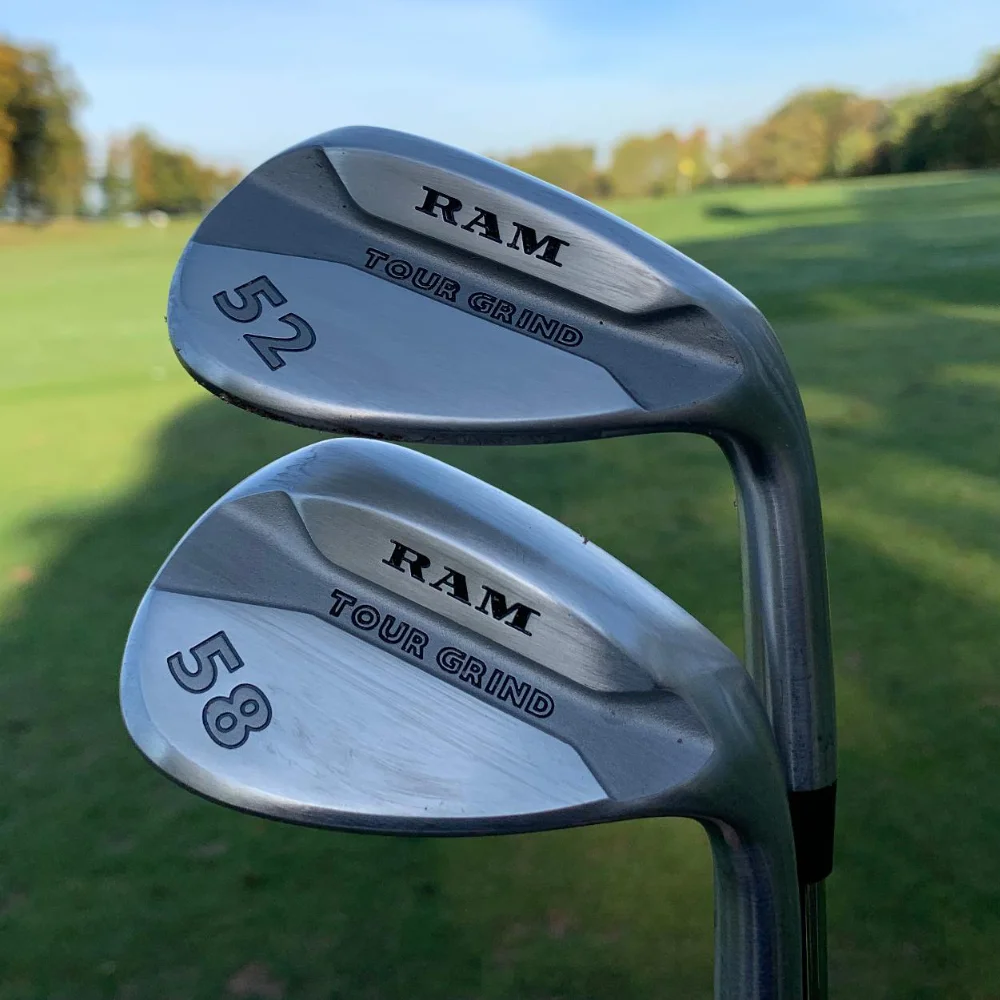what golf club to use for each shot
Selecting the appropriate golf club for each shot is crucial to improving your game and lowering your score. This article explores various types of golf clubs and their optimal uses in different scenarios on the golf course. From tee shots to putting, understanding which club to use can significantly influence your performance and strategy.
Key Takeaways
- Drivers are best for maximizing distance on tee shots, while fairway woods offer a balance of distance and control.
- Mid irons are ideal for precision in fairway shots, and wedges should be used for approach shots that require high trajectory.
- In rough terrains, irons and hybrids can help navigate tough spots, whereas wedges are suitable for short distances.
- Specialized clubs like sand wedges and lob wedges are essential for bunker shots due to their unique designs and lofts.
- The choice of putter can greatly affect your scoring, making it important to select one based on personal comfort and the specifics of the putting green.
Choosing the Right Club for Tee Shots
Driver: Maximizing Distance
For tee shots aiming for maximum distance, the driver is the go-to club. Its large head and long shaft are designed to hit the ball the farthest. Most golfers find that a well-struck driver shot can significantly outdistance any other club.
Fairway Woods: Balancing Distance and Control
Fairway woods are excellent for achieving a balance between distance and control. They are particularly useful when precision is as important as length. These clubs are easier to handle than drivers, making them a good choice for golfers who struggle with the driver.
Hybrids: Versatility Off the Tee
Hybrids combine the best features of irons and woods, offering versatility and ease of use. They are particularly effective in various tee shot conditions and are often recommended for golfers who find long irons challenging to use.
Navigating Fairway Shots
Long Irons for Distance
Long irons are typically used when you need to cover a significant distance from the fairway. They offer a lower trajectory and more control compared to woods, making them ideal for long shots that require precision.
Mid Irons for Precision
Mid irons are perfect for those shots where accuracy is more important than distance. They provide a great balance between control and power, making them a staple in the golfer’s bag for fairway shots.
Fairway Woods for Challenging Lies
Fairway woods are extremely versatile and can be used effectively in various situations on the course. They are particularly useful for challenging lies where neither long irons nor drivers would be suitable. Their design allows for better lift and distance control, making them an essential choice for many golfers.
Approach Shots to the Green
Approach shots are crucial for setting up a potential birdie or ensuring a par. The choice of club is pivotal in determining both the trajectory and the distance of the ball as it lands on the green.
Short Irons for Accuracy
Short irons are typically used when you are within 120-150 yards of the green. These clubs are designed for precision and help in hitting the ball high enough to land softly on the green, minimizing roll.
Wedges for High Trajectory
Wedges are ideal for shorter approach shots where high trajectory is necessary. They are particularly useful when you need to get the ball up quickly and with more spin to limit its roll, especially if you have short-sided the green.
Choosing Between Irons and Wedges
Deciding whether to use an iron or a wedge can often depend on the specific conditions of the shot and personal preference. Factors such as the lie of the ball, the wind conditions, and the firmness of the green can influence this decision.
Mastering the Rough
Navigating your way through the rough can be challenging, but selecting the right club is crucial for effective play. The rough’s thick grass can significantly alter the ball’s trajectory and distance, making club choice a pivotal factor in maintaining control over your game.
Irons in the Rough
Using irons from the rough requires a steep angle of attack to ensure the clubface makes contact with the ball before the grass. This technique helps to minimize the grass’s impact on the ball’s flight.
Hybrids for Tough Spots
Hybrids are designed to combine the best features of woods and irons, making them ideal for hitting good shots out of the rough. Their wider soles help to glide through tougher grass, providing more consistent contact.
Wedges for Short Distances
When you’re close to the green but stuck in the rough, wedges are your best bet. Their high loft angles allow for a sharper ascent and descent, helping to clear the rough with minimal interference.
Remember, the key to effective rough play is not just about power but also precision and choosing the right tool for the situation.
Optimal Clubs for Bunker Shots
Sand Wedge: Specialized Design
The Sand Wedge is specifically designed for bunker shots, featuring a wide sole that helps prevent the club from digging too deep into the sand. This design aids in getting the ball out of tough spots more efficiently.
Lob Wedge: High Loft Choices
Lob wedges, with their high loft, are perfect for creating the necessary lift to escape deep bunkers. The loft angles typically range from 58 to 64 degrees, providing the elevation needed for close-range bunker shots.
Using a Gap Wedge
While not as common for bunker shots, the Gap Wedge can be useful in scenarios where a less dramatic loft is required. It bridges the gap between a sand wedge and a pitching wedge, offering a versatile option for various lies in the sand.
Note: Choosing the right club from the bunker can significantly influence your ability to recover and save strokes.
Putting: Finalizing Your Score
Choosing the Right Putter
Selecting the ideal putter is crucial for finalizing your score effectively on the green. Factors such as the putter’s length, balance, and head design play a significant role in how well it will perform for your specific stroke style.
Factors Influencing Putter Selection
- Grip size and style
- Head weight and shape
- Shaft length and flexibility
These elements should be carefully considered to match your putting technique and comfort.
Techniques for Effective Putting
Consistency in your putting stroke is key to lowering your scores. Practice with purpose and focus on maintaining a steady tempo and smooth follow-through to enhance your precision and control on the green.
Special Situations and Specialty Shots
Using Utility Clubs
Utility clubs, often referred to as rescue clubs, are designed to provide versatility and confidence in difficult situations. They combine the best features of irons and fairway woods, making them ideal for long shots out of tough lies or from the rough.
Club Selection for Windy Conditions
When playing in windy conditions, the choice of club can significantly affect your game. Lower lofted clubs, like long irons, are preferable as they help keep the ball flight lower, reducing the impact of the wind.
Choosing Clubs for Wet Conditions
In wet conditions, the ball tends to not travel as far due to less roll on impact. Using clubs with more loft can help counteract the wet turf’s effect on the ball. It’s also crucial to consider the superior craftsmanship of the clubs, as this can influence performance in challenging conditions.
Conclusion
Choosing the right golf club for each shot is crucial for improving your game and achieving better scores. By understanding the specific uses of each type of club, from drivers to putters, and knowing when to use them based on distance, terrain, and specific course challenges, you can make more informed decisions on the course. Remember, practice makes perfect, and experimenting with different clubs in various situations will help you become more versatile and confident in your golf game. Always consider your personal comfort and skill level with each club, and don’t hesitate to seek advice from more experienced players or professionals to refine your choices and techniques.
Frequently Asked Questions
What factors should I consider when choosing a golf club for a tee shot?
Consider the distance you need to cover, the accuracy required, and the specific conditions of the tee area such as wind and terrain.
How do I decide between using a long iron or a fairway wood from the fairway?
Choose a long iron for longer distances with a more penetrating ball flight, and a fairway wood for better control and versatility in various lies.
When should I use a wedge for an approach shot to the green?
Use a wedge when you need a high trajectory to stop the ball quickly on the green, especially from shorter distances or when overcoming obstacles like sand or water.
What club is best for getting out of the rough?
The choice depends on the thickness of the rough and the distance to the green. Irons can offer more control, while hybrids can provide better playability from tougher spots.
Which wedge is most effective for bunker shots?
A sand wedge is typically most effective due to its specialized design with a wider sole that helps glide through the sand to lift the ball out.
How do I select the right putter?
Consider the putter’s length, weight, balance, and the type of stroke you use. Also, assess the greens’ conditions such as speed and undulation to choose a putter that complements your putting style.






